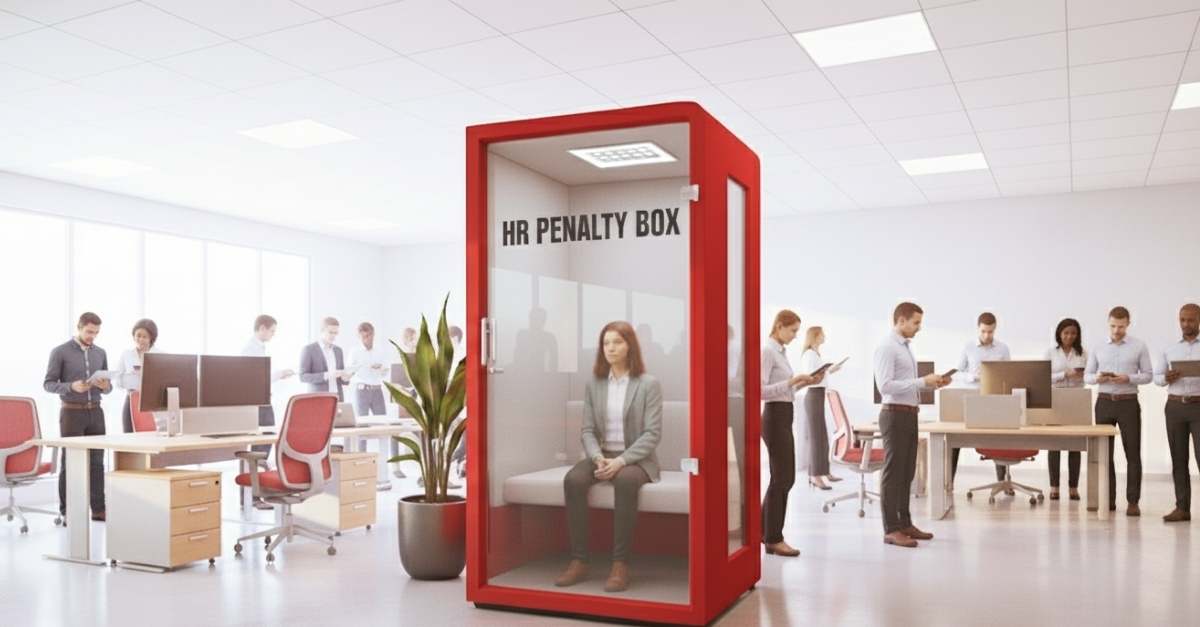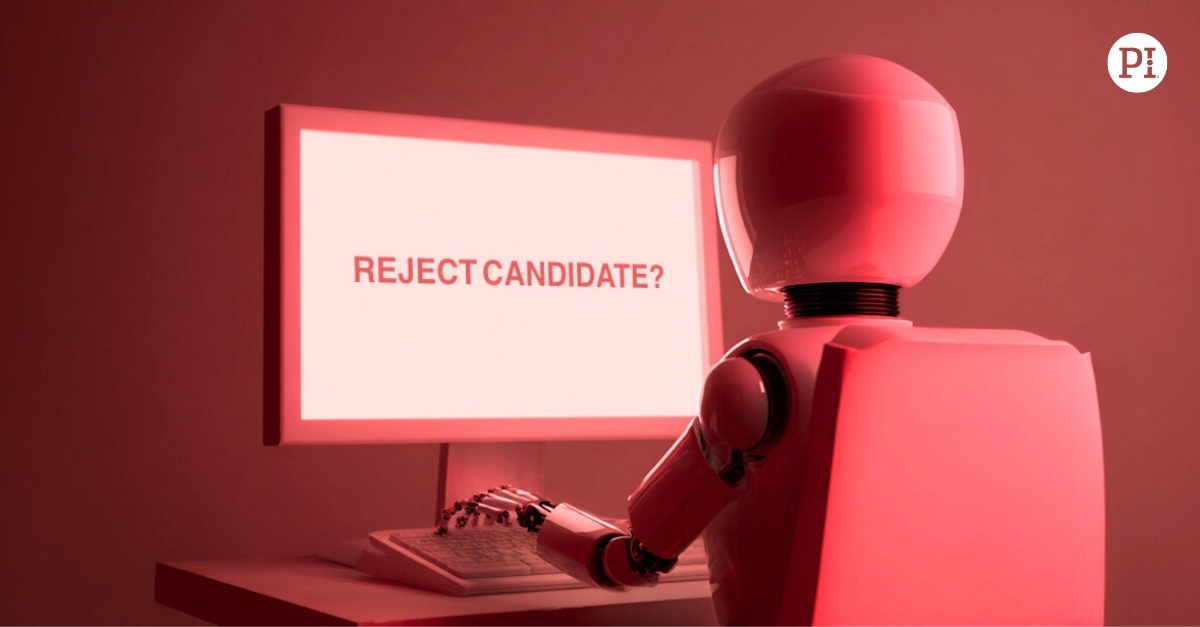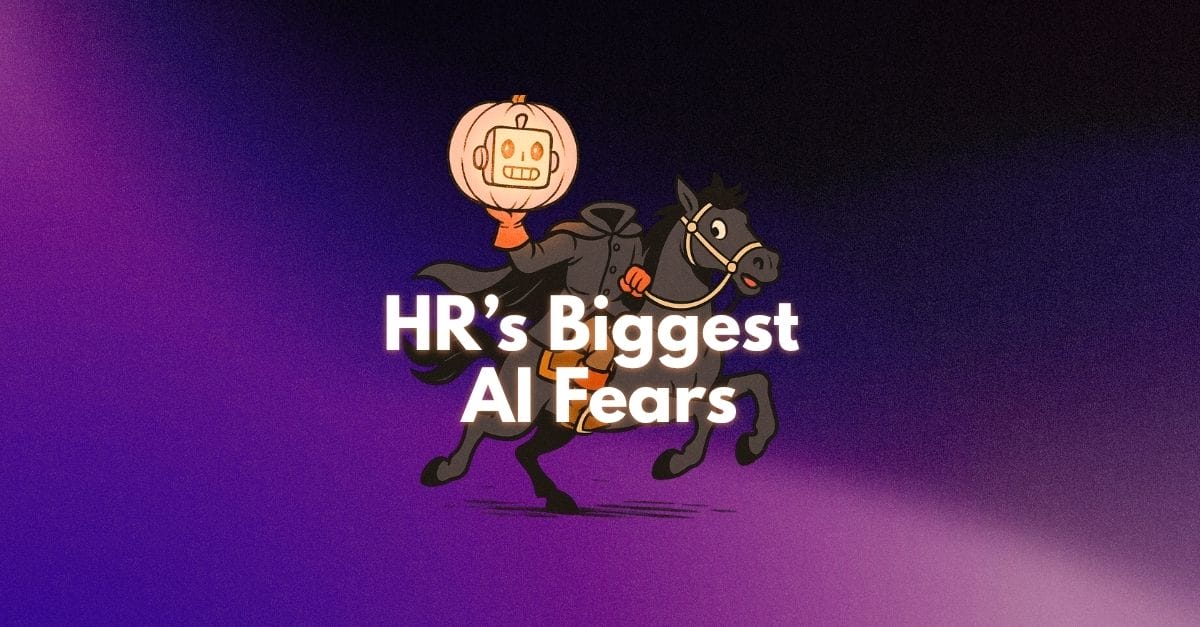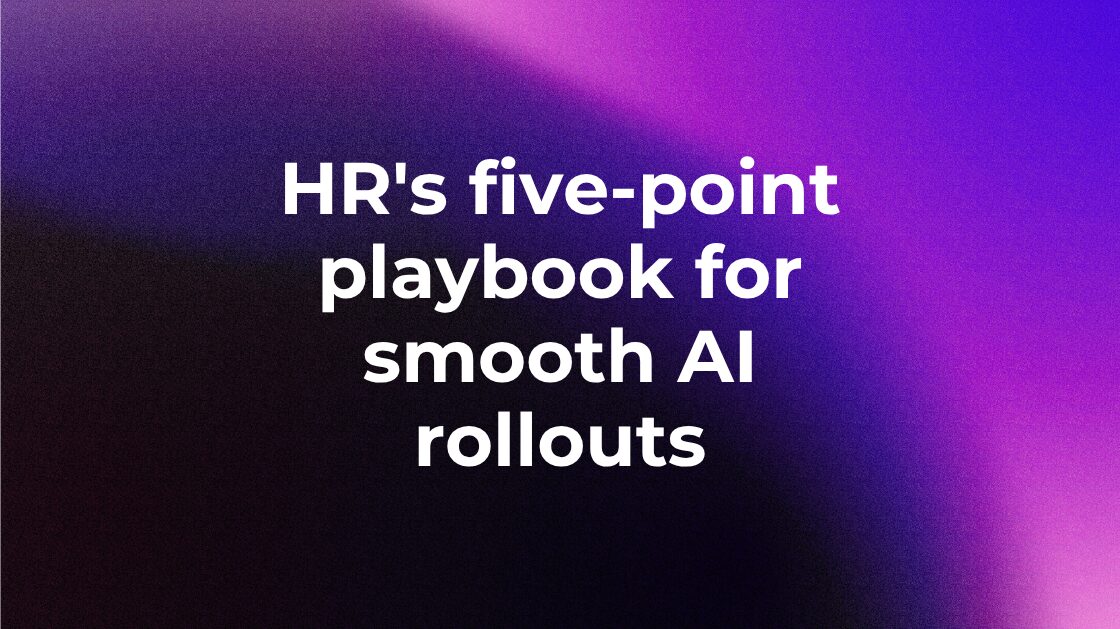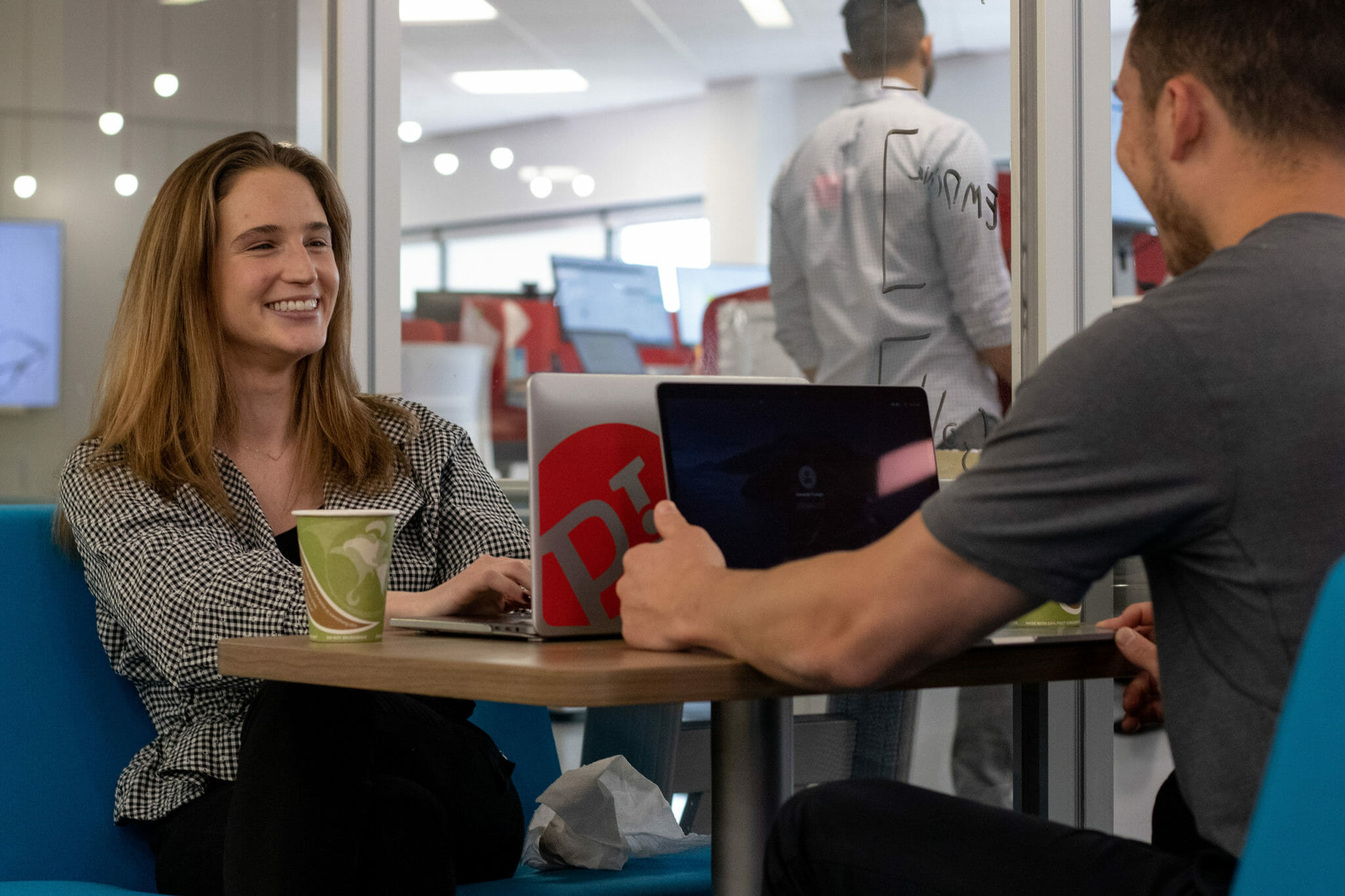Some conferences are strictly for networking. Other industry events tout loftier aspirations.
Transform is billed as the premier conference for leaders and thinkers looking to make “transformative change in workplace and workplace cultures.” It quite literally brings people together from across the globe to unpack people problems.
Sounds like the perfect place to spread the gospel of talent optimization, and promote Better Work, Better World, right?
Bringing behavioral data straight to the people
Sure enough, The Predictive Index was front and center in Las Vegas this year, bringing behavioral data to the fore to attack thorny challenges faced by HR and business leaders head-on.
PI’s Adam Berke and Dr. Matt Poepsel, PhD, served as featured speakers on the subjects of HR tech and building a strategic workforce, respectively, reflecting PI’s position as a trusted source on all things talent. And the PI booth was abuzz all week, as conference attendees took advantage of an interactive Behavioral Assessment that allowed them to see their individual Reference Profile in real time, and better understand the science behind their approach to work.
At a time when talent shortages, AI adoption, and hybrid work challenges continue to confound HR practitioners, PI can be a beacon of reassurance and stability – providing immediate software solutions, but also time-tested, scalable principles for guiding organizations along their TO journeys.
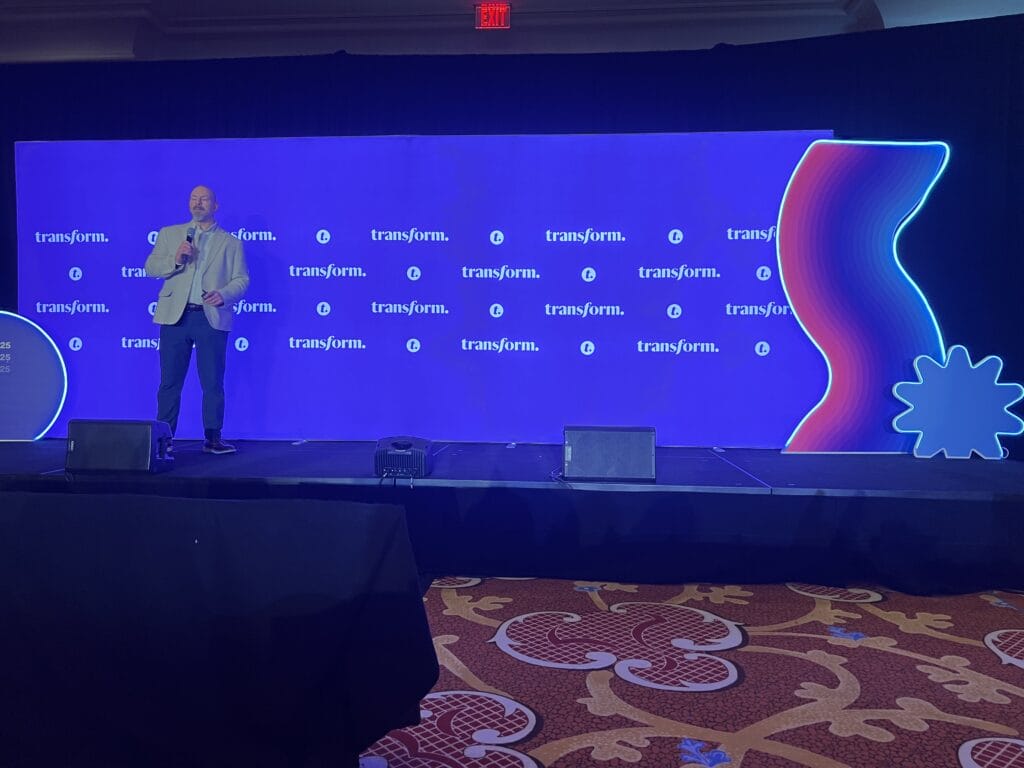
HR Tech Simplified: Cutting through the vendor noise
PI Chief Product Officer Adam Berke sat on Wednesday’s panel alongside: Judy Park, Senior Advisor and Investor with FoW Partners; Brett Coin, Chief Transformation Officer at Findem.ai; George LaRocque, Founder and Principal Analyst for WorkTech; and Elaine Page, Chief People Office at TaxJar.
The discussion was devoted to providing a roadmap for evaluating, selecting, and implementing HR tech that enhances organization efficiency. Attendees learned how to distinguish between must-have innovations and unnecessary complications.
“Everything’s moving so quickly right now, so evaluating a product at its current state is important,” Berke said. “But you also have to project forward to how a product or vendor is going to evolve to your business needs in the future. Think about the vendor’s pace of delivery, because you want a technology partner to be a partner with you and help you stay on top of trends in the marketplace.”
Berke also emphasized the importance of role clarity and responsible delegation:
“Be clear upfront on who owns the decision and implementation, so you can be decisive and move faster.”
These themes transcended the HR Tech panel, permeating conversations people practitioners had all week, throughout the conference and beyond.
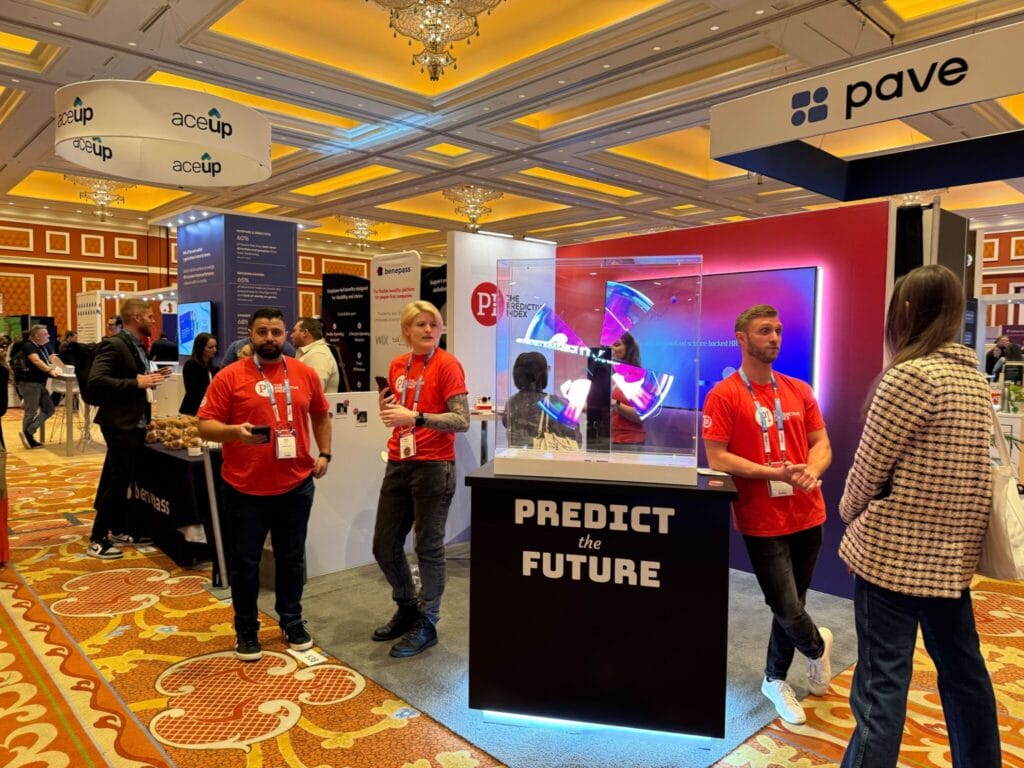
Future-Ready HR: Building your strategic roadmap for tomorrow’s workforce
Meanwhile, Dr. Matt Poepsel, PhD, VP and Godfather of Talent Optimization, as well as the host of the Lead the People podcast and Perspectives webinars, enlightened the crowd on some of the most pressing forces driving HR action.
During his interactive workshop, Dr. Poepsel walked through the evolving world of work, highlighting the ways HR practitioners can assess their organization’s readiness for each seismic shift – and act accordingly.
The workshop dove into HR prep steps related to workforce dynamics, emerging tech, and stakeholder capitalism – among other concepts dissected further in PI’s HR Field Guide to the Future content.
It was an exercise in meeting Transform attendees where they are – looking ahead with anticipation, but also some trepidation, about the changes sure to shape their business and talent strategies over the next half-decade. The message is simple but stark: Prepare your people and your organization now, or fall behind the talent and skills curves, and run the risk of rendering your business obsolete.

